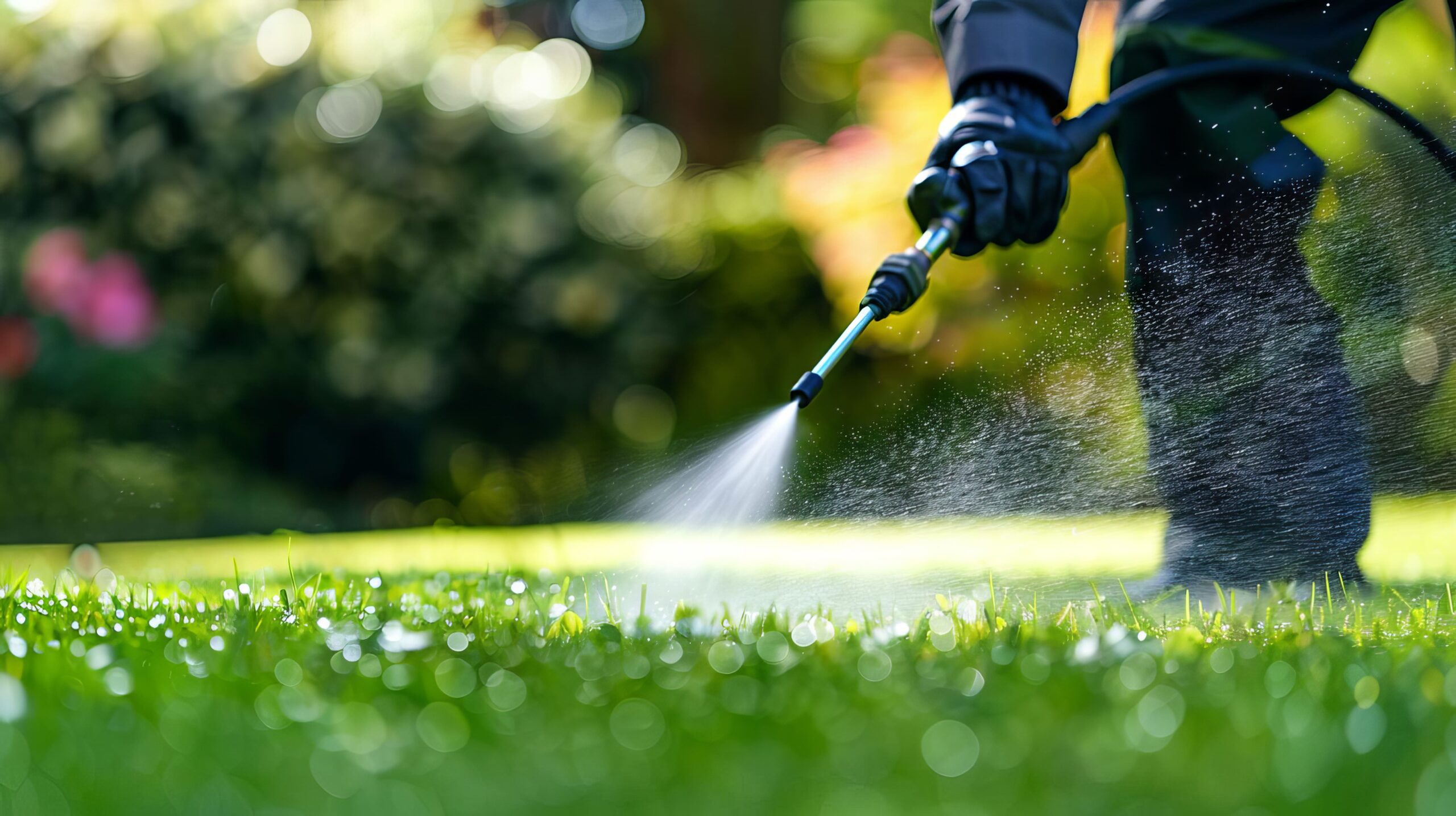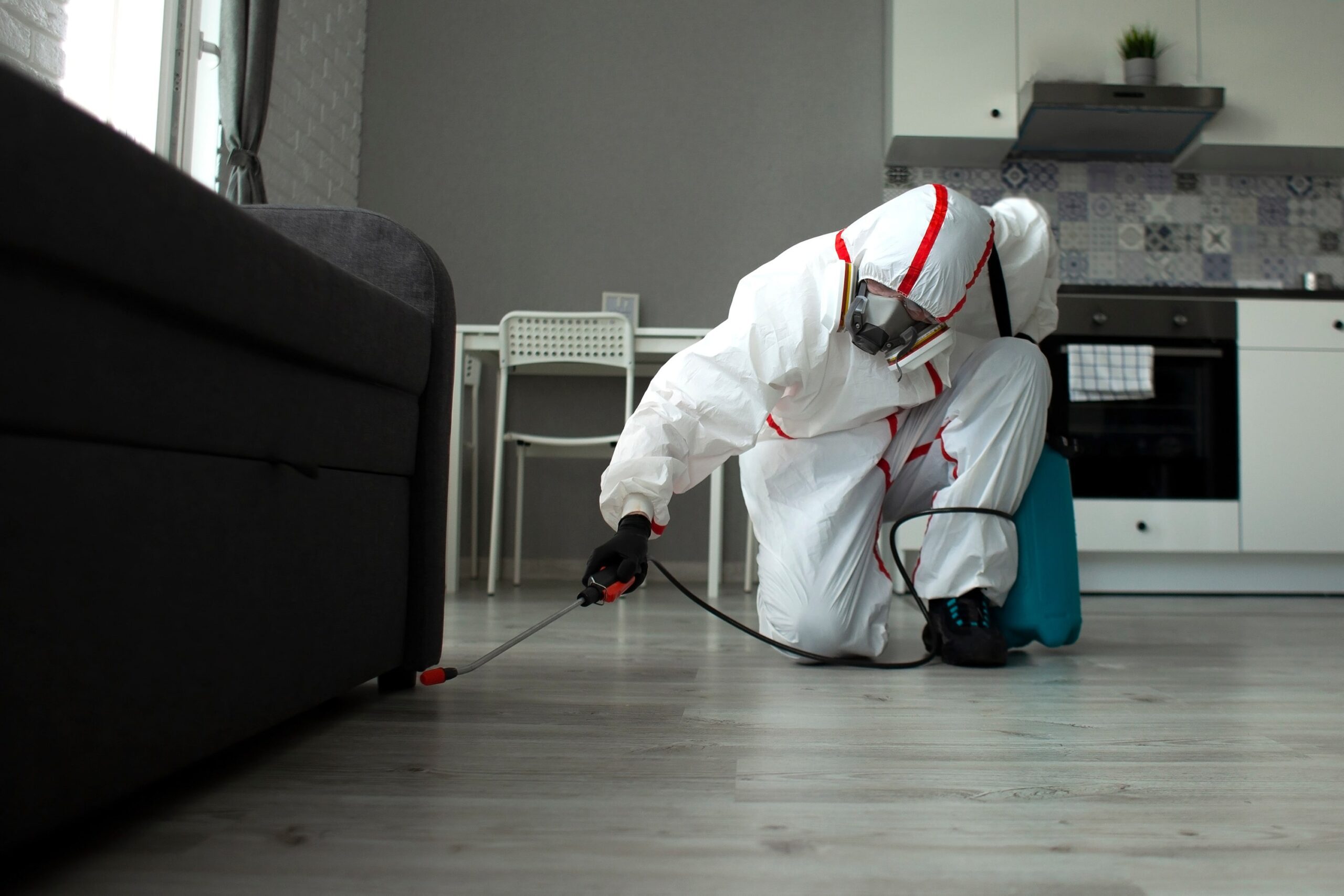

In the pest control industry, getting rid of bedbugs or clearing out a termite infestation is a job well done. But helping your customers live pest-free isn’t the only measure of success. You also have to be profitable.
Without enough profit, you won’t have the money you need to invest in your pest control business and grow. You also might struggle with cash flow issues and even be at a high risk of business failure. So, how do you know where your business stands?
By calculating your profit margin. This metric is an essential financial wellness check and helps you understand whether your company is on the path to success or not.
As a business owner or manager, you should know how to calculate your pest control business profit margin and how to increase profitability. Here’s what to know. Additionally, investing in a good pest control business management software can further your profits. In this article we’ll deep dive into this industry’s profit margins and detail what you need to know to be successful.
What Is Profit Margin?

Profit margin is a metric that tells you how much your pest control company earns as profit for every dollar you generate in revenue. It’s the part of sales revenue your business gets to keep after accounting for costs.
Whether you’re starting a new pest control business or you’ve been operating in the space for years, you need to measure your profitability to know you’re in good financial shape.
If your profit margin is low or negative, you need to make changes to your pricing strategy, sales, or costs to boost profits. And when it’s high, you can look at ways to invest in your business to increase profits even further.
RELATED ARTICLE: Picking the Best Software for Your Pest Control Company
What Is a Good Pest Control Business Profit Margin?
According to data shared by BusinessHue, a small pest control business with about five employees should be able to keep about 15% of its revenue as net profit.
In general, a net profit margin between 7% and 10% is considered healthy for a small business. Anything above 20% is considered great.
Your gross profit margin, which looks at your gross profit rather than net profits, should be higher. Across all industries, gross profit margins average 33%.
But because you’re a service-based business, you don’t have the material costs of a product-based company. This means your gross margin should be even higher than that 33% standard. Ideally, it’s closer to 40% or 45%.
If you’re a new business, you might not turn a good profit in the first couple of years. That’s because you must invest more in your pest control company at the outset to get your business off the ground.
So, don’t worry if your profit margin isn’t high right away. You’ll get there.
How Much Does Pest Control Business Profit Margin Matter?
Profit margin isn’t just a vanity metric. It’s a reflection of your pest control business’ financial position. It also impacts your company’s valuation and your ability to attract funding.
A high profit margin gives you a raise.
If you’re the business owner, your income will change as the profit margin increases or decreases. The bottom line is that you need to cover all your business costs, including labor, overhead, and equipment costs. What’s left can go into your pocket.
A high profit margin lets you invest in your business.
You can use your profits to reinvest in growth. With a high profit margin, you’ll have money to:
- Purchase new equipment
- Hire more staff
- Invest in marketing to target new potential customers
A consistently low profit margin can be a red flag that your business is at financial risk. If you’re operating on razor-thin margins year after year, you’ll have to seek financing or tap into your business’s savings to cover expenses.
Draining your working capital and relying too heavily on debt can lead to cash flow issues. Cash flow issues are serious—they’re the reason 80% of new businesses fail.
A high profit margin gives your company credibility.
Your profit margin also impacts your pest control company’s creditworthiness. If you have a negative profit margin, lenders are less likely to finance your business. This means you’ll struggle to get loans.
FROM ONE OF OUR PARTNERS: The 8 “P’s” to Maintaining a Profitable Business
How to Calculate Profit Margin in 4 Easy Steps

You can easily calculate your gross margin and your net margin. Your gross profit margin is your gross profit (revenue minus direct costs) divided by revenue. You’ll multiply your result by 100 to get a percentage.
The formula to find your gross profit margin is:
Gross Margin = (Gross Profit / Revenue) x 100
Here’s a step-by-step guide to calculating your pest control business’s gross profit margin:
1. Identify your direct costs per unit.
These are the costs that go into producing one unit of output.
For your pest control company, a unit of output might be one hour of technician labor. If you pay your technicians $42 per hour and you spend $6 in pest control supplies for a one-hour service call, your direct cost is $48 per unit.
2. Identify your sales revenue per unit.
If your business charges $100 per hour for your pest control services, that’s your revenue.
3. Determine your gross profit.
You can calculate your gross profit by subtracting your direct costs from your revenue:
Gross Profit = $100 – $48 = $52
4. Calculate your gross margin.
To calculate the gross margin, divide your gross profit by revenue and multiply by 100:
Gross Profit Margin = ($52 / $100) x 100 = 52%
The formula for the net profit margin is similar. The difference is you’re using net profit instead of gross profits.
Net Profit Margin = (Net Profit / Revenue) x 100
Net profit, also known as net income, is what you have remaining after subtracting all costs, not just the direct costs. So you’re subtracting your direct labor and material costs as well as:
- Taxes
- Operational expenses
- Marketing costs
- Debt
Let’s look at an example.
Fred’s Pest Control wants to determine its profit margin for the past year. Here are the end-of-year numbers for the business:
- Total revenue: $180,500
- Net profit: $62,400
To calculate the net profit margin, Fred’s Pest Control divides the net profit by revenue:
Net Profit Margin = ($62,400 / $180,500) x 100 = 34.57%
Discovering your net profit margin is above 20% is good news! But what happens when your profit margin is too low?
FROM ONE OF OUR PARTNERS: Flat Rate or Time & Materials — Which Pricing Should You Use?
How to Increase the Profitability of Your Pest Control Business
Boosting profitability will give your pest control business more financial flexibility. There are many ways to increase profits. Anything you do to bump up your sales revenue or decrease costs will move the needle.
Here are five things you can do today to increase profitability.
1. Establish your profit goals.
Decide what your profit margin should be for the next month, quarter, and year. Then create a plan to get there.
2. Incentivize employees to upsell.
Offer your technicians a bonus or another incentive for upselling your pest control services.
3. Reevaluate your pricing strategy.
Research your competitors’ pricing. If your prices are lower or similar, consider increasing the cost of your pest control services to help your profit margin.
4. Build your brand on social media.
Home services businesses can stand out in a crowded local market if people trust the brand. One of the best (and most low-cost) ways to boost the trust factor is social media marketing.
5. Create repeat business.
You’ll reduce acquisition costs and increase your profits by encouraging repeat business with your existing customers.
FROM ONE OF OUR PARTNERS: 3 Ways to Turn One-Time Customers Into Lifetime Customers
How to Increase Repeat Business for Pest Control Companies

It can cost five times more to acquire a new customer than to retain an existing one. Not only that, but returning customers also spend 67% more than new ones, on average. That’s why taking steps to increase repeat business can make a big impact on profits.
To keep your existing pest control customers and boost your profit margin, you can:
Offer a service plan.
Ants, mosquitoes, termites, mice—a lot of these pests make a comeback when the seasons change. Help your customers avoid an infestation with a service plan that includes preventative care.
Elevate your customer service.
Make sure everyone on your team is on the same page about customer service. You want your customers to have a flawless experience at every touchpoint, from calling to schedule an appointment to meeting with your technician.
Use email marketing.
Stay in touch with your customers via email. Ask them to share their email when they sign up for pest control services, then keep in touch with offers for discounts and other incentives to buy.
As you put these profit-boosting steps into action, calculate your pest control business’s profit margin over time so you can track the results.
Actionable Tips
- Use our formulas to calculate your profit margin.
- Determine if your profit margin falls within the desired range.
- Make adjustments as needed to increase your profit margin or invest back into your business.
About the Author
Dan works with his family’s pest control companies in Kentucky. He’s involved in all aspects of operations, from hiring to servicing jobs. He also hosts a YouTube channel, Dan the Bug Man, where he explores a variety of pest control business topics.
Navigation
Related Posts


The Best Pest Control Equipment to Build Your Business
Continue Reading